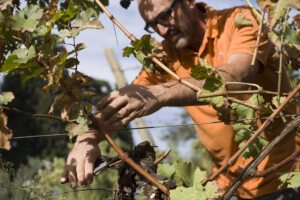Santa Colomba

Gianfranco Mistrorigo
About
Owners & winemakers: Gianfranco Mistrorigo & Marco Dani
Vineyards: 10.5ha
Vineyard management: Certified organic
Soils: Calcareous clay rich in fossils
Grapes grown: Malvasia Istriana, Garganega, Sauvignon Blanc, Merlot, Cabernet, Prior, Pinot Nero, Pinot Grigio, Chardonnay, Glera
Annual production: 38,000 bottles
Quick facts:
- The vineyards are in a protected park surrounding what was once a villa belonging to a Venetian noble family. After lots of convincing, Gianfranco got permission to work with these vines and became the only person allowed to produce wine here.
- The names of the different cuvées are plays on words in the local dialect: for example, “Sar Do Nè” sounds like “Chardonnay” and translates roughly to “Where are you going?”
- “Our wines are expressions of the terroir without frills, but with the precise character of each type of wine. What inspires me is the beauty of the transformation from grapes to wine, this little magic which continues to surprise me.” – Gianfranco Mistrorigo
The vineyards of Santa Colomba are like a secret garden: they’re tucked within a protected park in the center of Lonigo. Once the private holdings of Prince Giovannelli, then later turned into a convent, today it’s a recreational area traversed by 6km of walking trails where people can picnic and camp overnight. Vineyards cover 10.5ha of the 30ha park, with the rest full of native plants and thousands of species of animals, birds, and insects. “We are not in a zone of industrial winemaking,” Gianfranco tells us. “The vineyards must be in balance with all the rest. It’s this characteristic that enchanted me when I decided to make wine in this place.” He’s the only person with permission to make wine from the vineyards in the park.
In the cellar, Gianfranco’s winemaking style is simple: start with healthy grapes, then pay close attention while staying hands-off. Fermentations are started with a pied de cuve, and Gianfranco also uses skin maceration and racking depending on the style of the wine. “My winemaking philosophy is to understand the raw material deeply in order to intervene as little as possible,” he explains. “Our job is to make wine, but the most important work is to touch it as little as possible. We want it ‘natural,’ expressing the honesty of the earth. We don’t want to leave fingerprints on the bottles.”

